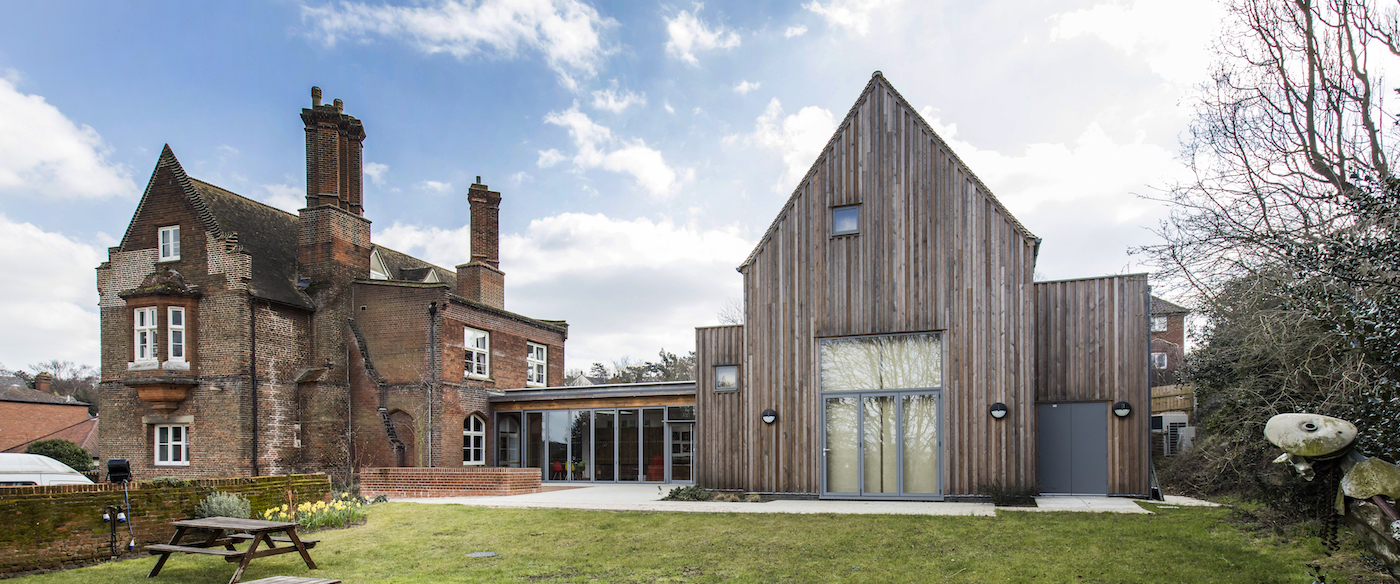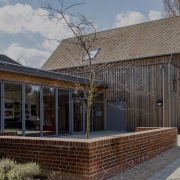Bringing Historic and Modern Architecture Together to Improve the Built Environment
In most major cities there tends to be a blend of old and new buildings that co-exist together, adding exciting and diverse dimensions to the built environment. Through clever design, historic and modern architecture can compliment one another, bringing new life to the old and grounding newer buildings within their immediate surroundings.
At NJ Architects, we are passionate about preserving the historic features of older buildings, but we regularly work with clients to bring old and new structures together. By enhancing what is already in place we can take inspiration from the original building and be more experimental, creating eye-catching designs that give tired spaces a whole new lease of life.
We are known for renovating older buildings with care, bringing them back to life where possible. Over the years we have been commissioned to renovate several older buildings with varying aims including building extensions to add more usable space, altering internal layouts, updating essential services, and restoring areas of historic importance.
Whilst working on another grade II listed building, we added an ambitious modern extension onto the 16th century structure. Gippeswyk Hall was being used by Red Rose Chain Film and Theatre Company and needed modernised to be fit for purpose.

Our proposals saw the demolition of a temporary 1960’s pre-fab building to the rear of the main red brick hall, and in its place we proposed a new barn like studio with ancillary accommodation linked to the hall by a low roofed foyer. We also constructed a small timber framed workshop behind the existing garden wall to provide space for on-site set building.
Hugh explains: “When we are commissioned to refresh an older building, the first step is to evaluate the condition of the building, looking at any constraints and opportunities for improvement. On this project we made repairs to the existing hall, both externally and internally, adding minor alterations to the main building including a kitchen. By retaining areas of historical importance whilst upgrading facilities for modern use we are giving new life to older buildings, preserving history and opening up modern spaces that the community and local organisations to use for years to come.”





